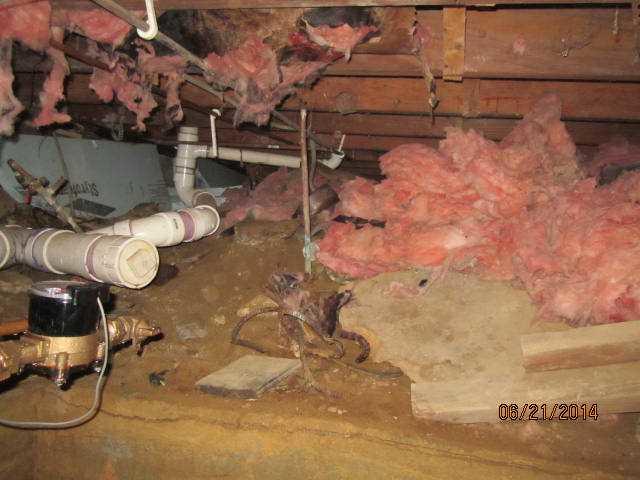
Humid Crawl Space
Commonly located under the home, crawl spaces are usually very humid and damp areas of the home because of their location. As humidity builds in your crawl space, all organic material in your crawl space will be damaged -- including wooden floorboards and structural support beams. Fiberglass insulation can fall as well.
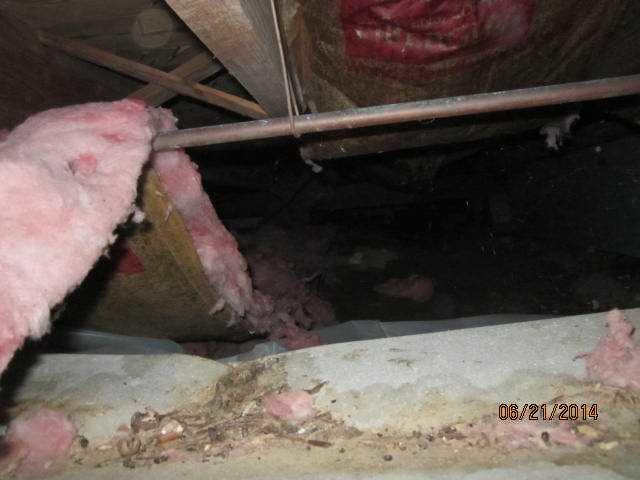
Falling Insulation
Fiberglass insulation is often the first choice for insulation. However, water and water vapor can collect inside it and cause it to grow heavy and fall. Wet insulation can actually become a food source for mold and rot--which will also grow on any other organic material in your crawl space--including your wood framing.
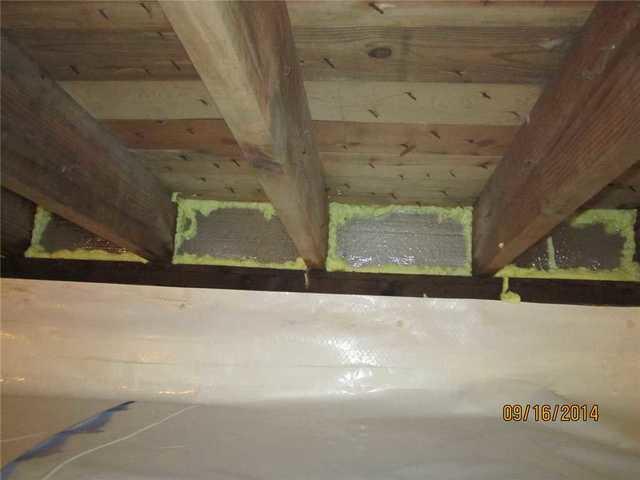
Sealed and Insulated Rim Joists
Rim joists, or the area where the wall meets the floor, are often the site of air leaks in a crawlspace. They let unconditioned, humid air into the house and can cause heating and cooling costs to rise. We installed SilverGlo insulation in the rim joists. SilverGlo is an expanded polystyrene foam insulation that's been infused with graphite during its creation to improve its insular ability by 24%, which saves the owners money.
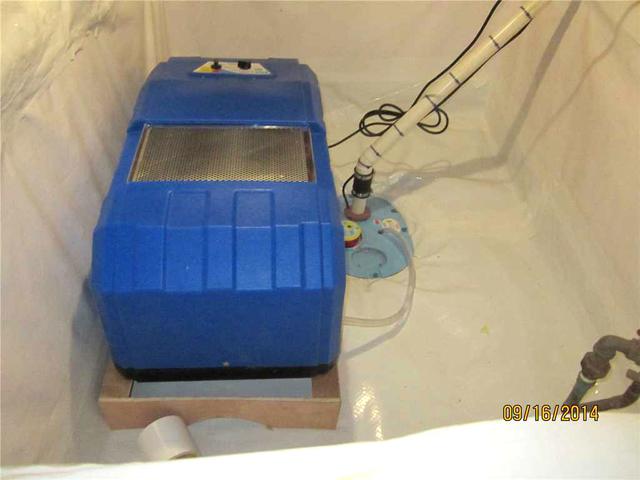
SaniDry CX
To get water out of the air, our team installed the SaniDry CX humidifier. It's specially designed for crawl spaces. It can pump out 109 pints of water a day out of the crawlspace, and also filters the air that goes through it. Alongside the CleanSpace vapor barrier and SmartSump sump pump, it effectively eliminates water problems like mold in this crawl space.
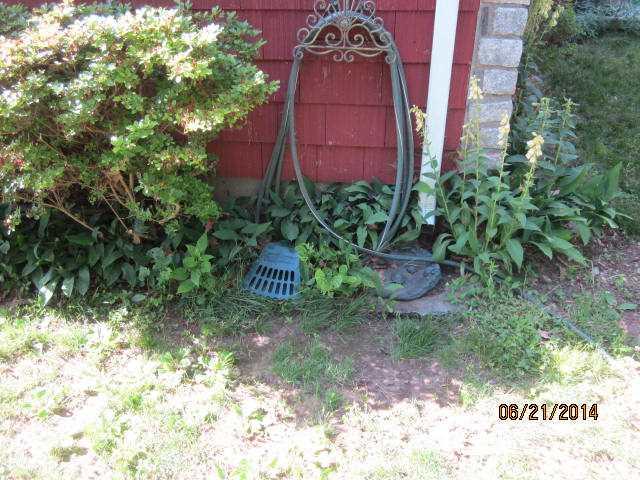
LawnScape Outlet
Unlike a conventional drainage outlet, the LawnScape outlet is grated to prevent leaves and rodents from entering it and possibly clogging it.
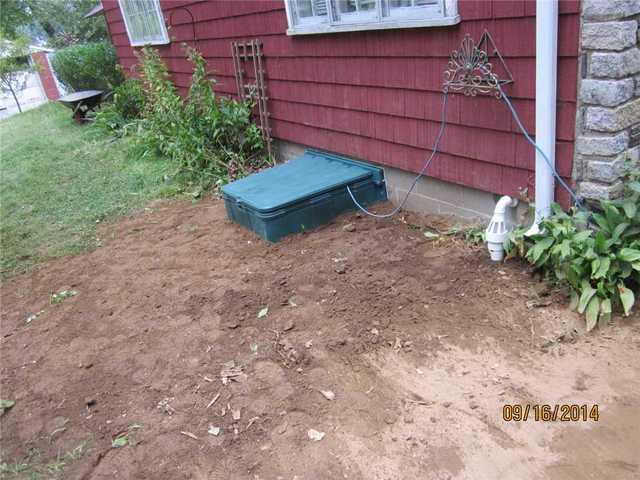
Turtl Crawl Space Access Well
Most crawlspace access wells are made of wood, metal, or concrete. As time passes, they can rust or rot, become drafty, or even allow pests into the crawlspace. The Turtl crawl space access well is made of durable plastic, and provides an airtight cover. It's lockable for extra security.

